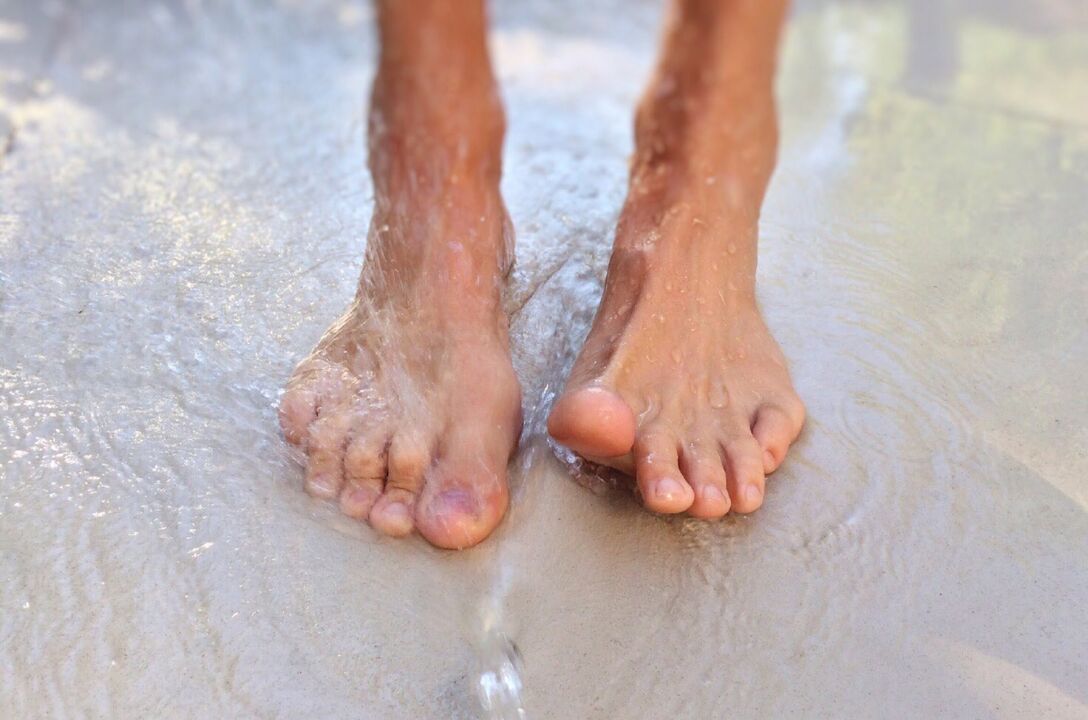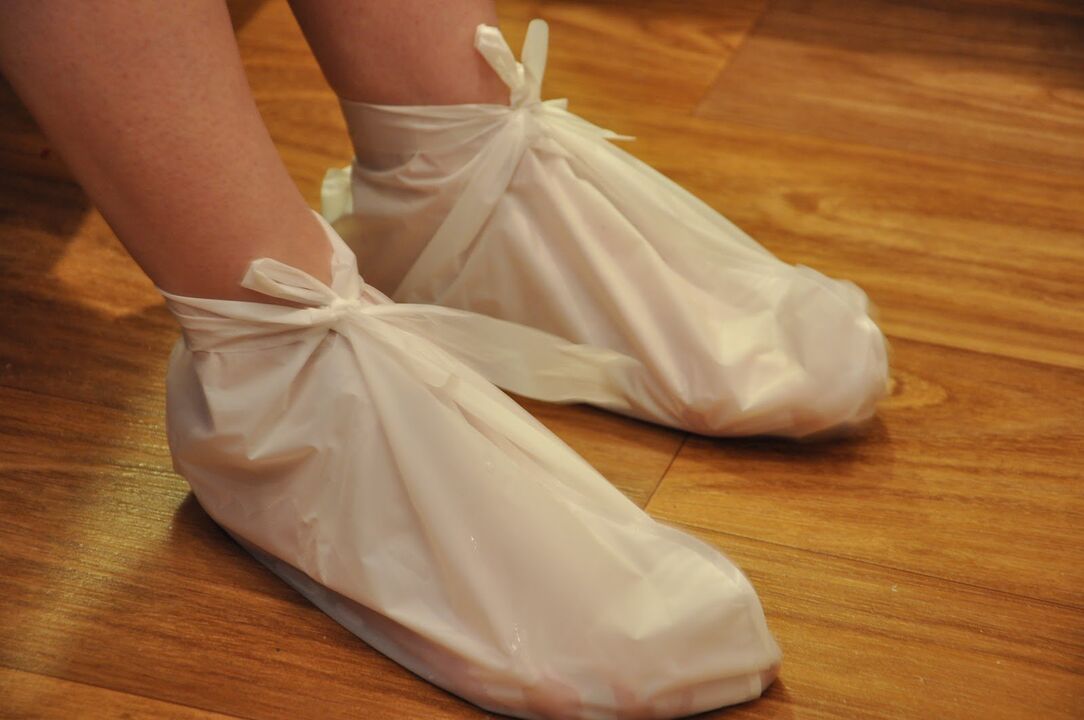Every ailment requires a responsible approach, including fungus on the feet—and home remedies must follow certain rules.
information
Much depends on the size and intensity of the skin and nail damage, whether there are any other side effects, and even taking into account the patient's age. In any case, all funds are divided into 3 main groups. If you want to treat foot fungus at home, you can use topical preparations—these are special creams, patches, and other similar products available at any pharmacy. You can also take medicines taken internally. In the end, foot fungus can be treated using folk remedies alone - with sensible methods, of course. Moreover, some experts believe that the most effective therapies are complex, requiring the approach of different groups of people to treat the disease.

First, you need to make sure you're dealing with a fungal disease (that's the scientific name for the disease). It has obvious symptoms, such as itchy skin and inflammation. There is a membranous fungus that occurs when exfoliating scales develop on the skin - usually they are located between the fourth toe and the little finger. Sometimes this can be accompanied by a bacterial infection that exacerbates the symptoms described. The presence of an infection can be indicated by the appearance of fluid-filled blisters on the skin. This is the manifestation of vesicular mycosis. But the moccasin-like fungus manifests not so much as itching as a pain in the feet, along with rough and cracked skin.
drug
If you are sure of this diagnosis, you can treat the fungus at home with topical products. But keep in mind that they are only effective in the initial stages of the disease. In advanced cases, you will have to drink alcohol and take medication internally.
Usually, if the fungus only affects the skin, you'll need to use some sort of topical cream; drugstores offer a variety of these products. In this case, the course of treatment is 2 to 6 weeks, depending on the dose and intensity used. If this isn't just a foot fungus, the disease also affects keratolytic plaques, which will help exfoliate the affected area of the nail.
As for the means used internally, these are pretty aggressive means.
It is best to use them as directed and under the supervision of a doctor. The application process will be quite long until not only the symptoms but also the pest itself is completely gone. Usually, in this case, pulse therapy is used, when the fungal drug is taken at intervals, for example, they drink the drug for a week, then take a three-week break, and then a new course of treatment every week as follows. While it is believed that other medications can be taken at this time, it is best not to do so.
folk remedies
Of course, no doctor will advise you to treat the fungus yourself, if only because you need to make a proper diagnosis in the first place. However, foot fungus at home can also be treated with folk remedies if you are sure that this is just the disease. Which is considered the most effective?
Leg fungus treatment is usually recommended with the help of laundry detergent. This tool contains many bases that kill these microbes. You can cure the fungus by soaking your feet in hot water pre-diluted with 100 grams of this cleanser for at least 2 weeks. After about 2 weeks, the symptoms of the disease will disappear. But in order to be sure of the result, it is better to continue for another 2-3 days. The downside of this tool is the possibility of an allergic reaction to laundry detergent. In order for the base to act on the fungal infection, other methods, such as regular baking soda diluted with water, can be used.
Hydrogen peroxide is used to treat foot fungus. It is especially effective when the disease also affects the nail plate. To use this method, you first need to steam your skin and nails in a soda solution, take 1 teaspoon for this. Baking soda and dilute with hot water. When the nails are fully steamed, you can use a hydrogen peroxide-cotton pad impregnated with this composition and applied to the affected area. To prevent the peroxide from evaporating too quickly (and to create a compressive effect), wrap the feet in plastic wrap or plastic wrap for about an hour. Treat the fungus on your feet with this method for several weeks, depending on the level of damage to the skin and nails. Ideally, compressions should be done 2 times a day, morning and evening.

Foot fungus at home can also be treated with ammonia (available at drugstores). It is not used in pure form, but as an aqueous solution (1 tablespoon of alcohol per 1 tablespoon of boiling water). For this solution, you'll need to dip a cotton cloth and compress it and keep it on your lap throughout the night. Boric acid is considered an effective remedy. You can buy it in powder form at pharmacies. They are used as powders. 10 times is enough to forget about the infection.
Another popular remedy is garlic. Its cloves need to be cut in half, soaked in table salt and rubbed into the affected area. Garlic can also be used for compresses. The most common onions work the same way. From herbs, you can recommend chamomile, peppermint, sage. Mix dried herbs and put them in socks and wear them throughout the day. In summer, it's best to use fresh plants, including chamomile flowers, rather than dried herbs.
In the initial stage, you can fight the fungus with the help of regular medical alcohol. A cotton swab inserted between the fingers for 2 weeks and left overnight is sufficient.
prevention
Foot fungus can be removed, but for the treatment to be effective, it is necessary to disinfect those objects that the patient has touched. At home, this is of course showers, baths, the patient's personal belongings - from shoes and underwear to nail care tools. For treatment, laundry detergent or chloramine solutions are usually used. Shoes are best treated with an acetic acid solution (40%). Special attention should be paid to the insoles and sides of shoes or boots. After applying the acetic acid, the shoes should be allowed to dry. As for linen, it must be boiled in a soap-soda solution and ironed with a hot iron.
In the future, you will have to pay special attention to hygiene - if you go to the sauna or gym, use antifungal creams and varnishes. You also need to be very careful about drying your shoes, especially sneakers.
























